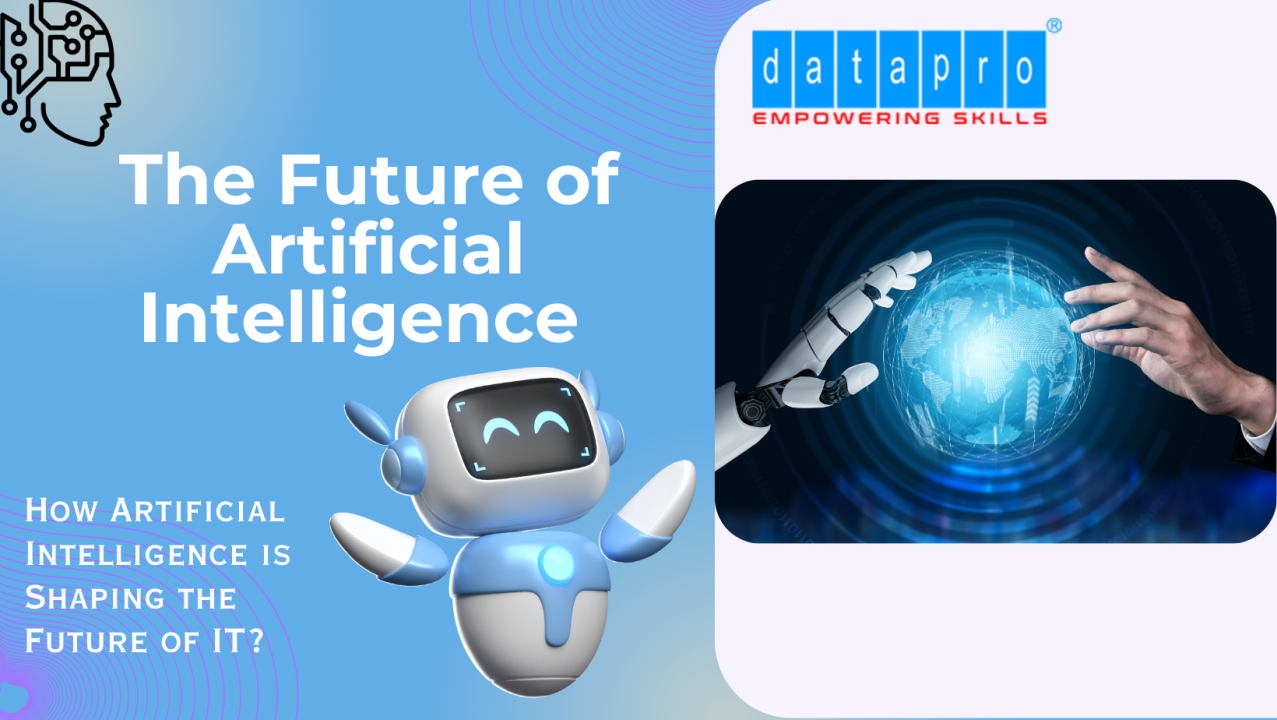How AI and Machine Learning Are Shaping the Future of Network Technology
- By -Mash
- Posted on
- Posted in Network Technology
Artificial Intelligence (AI) and Machine Learning (ML) are revolutionizing network technology by enhancing efficiency, security, and management capabilities. These advanced technologies are transforming how networks are designed, operated, and optimized, leading to more intelligent and adaptive networking solutions. This article explores how AI and ML are shaping the future of network technology and the benefits they bring to modern networks.

Enhanced Network Automation
1. Intelligent Network Management
AI and ML algorithms enable intelligent network management by automating routine tasks and optimizing network operations. For example, AI-driven systems can automatically configure network devices, apply updates, and manage network traffic without human intervention. This automation reduces the likelihood of errors, improves efficiency, and frees up IT staff to focus on more strategic tasks.
2. Predictive Maintenance
Machine Learning models can analyze historical data and identify patterns that indicate potential network issues. By predicting equipment failures and performance degradation before they occur, organizations can perform proactive maintenance and avoid costly downtime. Predictive maintenance ensures that network components are functioning optimally and minimizes disruptions to network services.
Advanced Security Threat Detection
1. Anomaly Detection
AI and ML are transforming network security by improving threat detection through anomaly detection. Machine Learning algorithms analyze network traffic and user behavior to identify deviations from normal patterns. By detecting unusual activities or potential threats in real-time, these systems can alert security teams to potential security breaches and mitigate risks before they escalate.
2. Automated Response
AI-driven security systems can automatically respond to detected threats by isolating affected devices, blocking malicious traffic, and applying security patches. This automated response reduces the time between threat detection and mitigation, minimizing the impact of security incidents and improving overall network resilience.
Optimized Network Performance
1. Dynamic Traffic Management
Machine Learning algorithms can optimize network performance by dynamically managing traffic based on real-time conditions. AI systems analyze traffic patterns, application usage, and network load to adjust routing and prioritize critical traffic. This dynamic management improves application performance, reduces latency, and ensures a smooth user experience.
2. Network Congestion Management
AI and ML can predict and manage network congestion by analyzing traffic patterns and usage trends. These systems can proactively adjust bandwidth allocation, reroute traffic, and implement load balancing to alleviate congestion. By managing network congestion effectively, organizations can maintain high performance and avoid bottlenecks.
Intelligent Network Planning and Design
1. Automated Network Planning
AI and ML assist in network planning by analyzing data from existing networks and predicting future requirements. These technologies can generate optimal network designs, recommend upgrades, and identify potential issues based on historical data and usage trends. Automated network planning ensures that networks are designed to meet current and future demands efficiently.
2. Simulation and Modeling
Machine Learning models can simulate network behavior under various scenarios to assess the impact of changes and upgrades. By modeling different configurations and predicting outcomes, organizations can make informed decisions about network expansions, optimizations, and investments. This simulation capability helps in designing resilient and adaptable network infrastructures.
Enhancing User Experience
1. Personalized Network Services
AI-driven systems can personalize network services by analyzing user preferences and behavior. For example, AI can optimize bandwidth allocation and content delivery based on individual user needs, enhancing the overall user experience. Personalized services improve satisfaction and engagement by tailoring network performance to specific requirements.
2. Self-Healing Networks
Self-healing networks leverage AI and ML to detect and resolve issues automatically. When a network component fails or experiences problems, AI systems can identify the issue, implement corrective actions, and restore normal operations without human intervention. Self-healing capabilities enhance network reliability and minimize downtime.
The Future of AI and ML in Network Technology
1. Integration with 5G Networks
The integration of AI and ML with 5G networks promises to enhance network capabilities further. AI can optimize 5G network performance by managing network slicing, predicting traffic patterns, and ensuring efficient resource allocation. This integration will enable advanced applications and services, such as smart cities and autonomous vehicles.
2. AI-Driven Network Design
Future advancements in AI will continue to shape network design by enabling more sophisticated planning and optimization techniques. AI-driven network design tools will provide deeper insights, automate complex tasks, and enhance decision-making processes. This evolution will lead to more agile, efficient, and scalable network infrastructures.
3. Ethical and Privacy Considerations
As AI and ML technologies become more integral to network technology, addressing ethical and privacy concerns will be crucial. Ensuring that AI systems are transparent, fair, and secure will be important for maintaining trust and protecting user data. Organizations must implement robust policies and practices to address these concerns and safeguard privacy.
Conclusion
AI and Machine Learning are profoundly influencing the future of network technology by enhancing automation, security, performance, and user experience. These technologies are driving advancements in network management, threat detection, and optimization, leading to more intelligent and adaptive networks. As AI and ML continue to evolve, their integration with network technology will unlock new possibilities and shape the future of connectivity and digital transformation.



